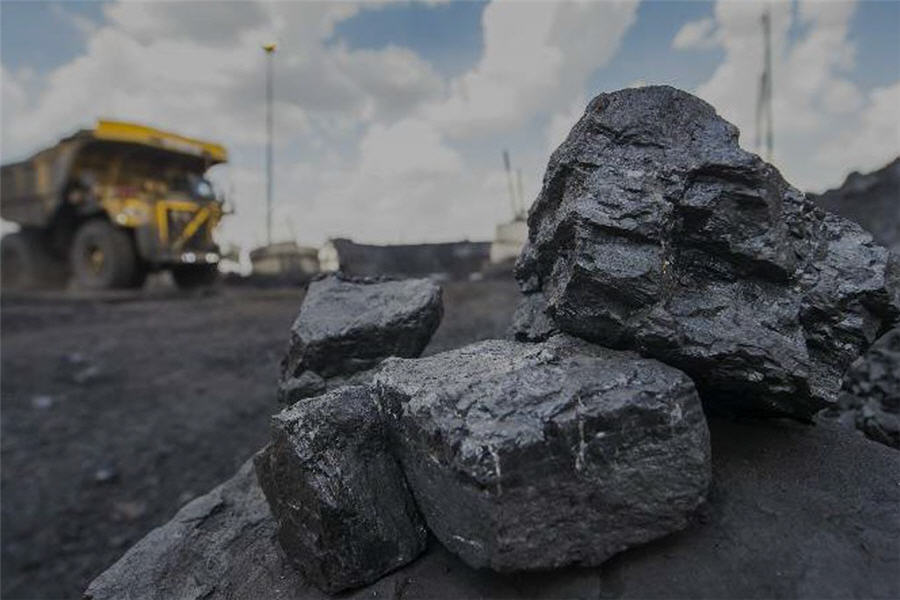
Image courtesy of Seriti Resources Holdings Ltd.
(The opinions expressed here are those of the author, Clyde Russell, a columnist for Reuters.)
A global diversified miner paying to exit its coal assets, and a multibillion-dollar dollar investment by Qatar to reclaim its status as the world’s largest producer of liquefied natural gas have more in common than might be visible at first glance.
South32, the Australian commodity producer spun out of BHP Group, is effectively handing over up to $250 million to Seriti Resources to take South African thermal coal operations off its hands.
While it’s not unusual for sellers of mining assets to cover rehabilitation costs, the sizeable amount involved shows just how much South32 wanted out of thermal coal – and in effect, just how little the assets are worth.
The sale of South32’s South African energy coal assets to Seriti is expected to close before the end of the company’s financial year
South32 is one of several major coal miners seeking to exit a business that has become increasingly problematic amid action by environmental activists, concern among shareholders and the withdrawal of financing and insurance for mines viewed as contributing to climate change.
In short, coal mines, particularly those producing thermal coal for use in power plants, are increasingly seen as a millstone around the neck of diversified miners. The latter would prefer to focus on producing commodities seen as essential to decarbonising the world’s energy systems.
There isn’t a straight line between the rush to exit coal and Qatar’s $28.7 billion plan to boost its LNG capacity 40% to 110 million tonnes by 2026, with a potential second-phase expansion to a total annual capacity of 127 million tonnes.
RELATED: Vale buys Mitsui’s stake in Moatize amid plan to exit coal
On the surface, such a massive investment in LNG would seem to be a vote of confidence in the future of the super-chilled fuel, touted by proponents as a cleaner-burning alternative to coal.
Still, the LNG business is condemned by opponents as producing enough pollution to still be part of the climate change problem. And Qatar’s push to produce more LNG could be view through a more cynical prism: the Gulf nation may be seeking to maximise the revenue from its extremely low-cost natural gas assets while it still can – before decarbonisation does to LNG what it’s busy doing to coal.
Qatar is believed to be able to produce LNG at a break-even cost of about $4 per million British thermal units (mmBtu), below the $5 to $8 per mmBtu for new projects in Mozambique, Russia and the United States, and the $7 to $11 for current top exporter Australia for new projects, according to figures from the Boston Consulting Group.
This in effect means Qatar can afford to take the view that even if there is an oversupply of LNG in the future, it will be the last producer standing, and it can monetise its natural gas reserves better than its competitors.
This raises the possibility that the billions of dollars currently being invested in LNG projects in places from Mozambique to Russia to North America may end up facing the same issues coal has right now – writing down the value of assets and struggling to sell them.
Coal exit stampede
Of course, for buyers of distressed coal assets such as Seriti, the opportunity remains to run the acquired mines for many years and sell the coal profitably to South Africa’s state-owned energy utility Eskom.
The sale of South32’s South African energy coal assets to Seriti is expected to close before the end of the company’s financial year, pending government approvals and an agreement with Eskom over coal supply.
The planned sale was first announced in November 2019 with Seriti, a company owned by Black South African investors, initially agreeing to pay 100 million rand ($6.7 million) upfront plus deferred payments based on future cash flows until March 2024, with a ceiling of 1.5 billion rand per year.
These terms have now changed, with the deferred payments scrapped, the purchase price reduced to a token 1 rand and South32 agreeing to pay for rehabilitation and other costs.
If the deal does go through, it will be the latest coal exit by a major mining company, following plans by Anglo American to spin off its South African coal assets and exit from its joint venture in Colombia, something BHP is keen to do as well.
Additionally BHP wishes to sell, or spin off, its energy coal assets in Australia, and earlier this year cut the value of its Mount Arthur thermal coal in New South Wales state by up to $1.25 billion, reflecting the market view that such assets have plunged in value.
It’s possible the present rush for the exit from coal will be matched by major oil and gas producers making a similar dash to get out of LNG in a few years time.
(Editing by Kenneth Maxwell)
No comments:
Post a Comment